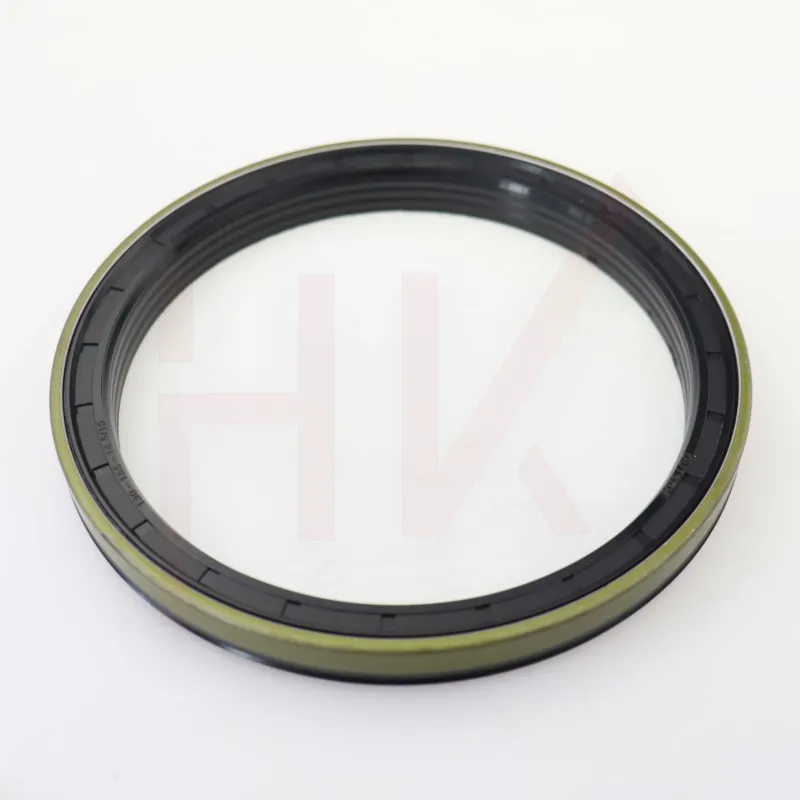Samh . 09, 2024 01:44 Back to list
Hydraulic Motor Seal Replacement Guide for Efficient Maintenance and Performance Improvement
Hydraulic Motor Seal Replacement A Comprehensive Guide
Hydraulic motors are vital components in various industrial and mobile machinery, providing the power necessary for the equipment's operations. However, like any mechanical device, they can experience wear and tear, particularly in their sealing systems. A hydraulic motor seal replacement is not only crucial for maintaining efficiency but also for preventing potential damages and costly downtimes. This article will delve into the importance of hydraulic motor seals, signs that indicate a replacement, and a step-by-step guide on how to carry out the replacement effectively.
Importance of Hydraulic Motor Seals
Hydraulic seals are designed to prevent hydraulic fluid from leaking out of the motor and to protect internal components from contaminants. Over time, seals can degrade due to factors such as temperature fluctuations, pressure variations, and exposure to harmful substances. A well-functioning seal is crucial for maintaining pressure within the system, ensuring efficient operation and extending the life of the hydraulic motor. A failed seal can lead to fluid leaks, reduced efficiency, overheating, and, eventually, motor failure.
Signs That Indicate Seal Replacement
Identifying the need for seal replacement is essential for the uninterrupted operation of your machinery. Common signs include
1. Visible Leaks The most apparent sign of a deteriorating seal is hydraulic fluid leaking from the motor. If you notice puddles or drips around the motor, it’s time for an inspection. 2. Decreased Performance If equipment powered by the hydraulic motor is operating at a reduced capacity, it might be due to a failing seal allowing pressure loss. 3. Increased Noise Unusual sounds coming from the hydraulic motor, such as grinding or clunking, can indicate that internal components are not functioning correctly, potentially due to seal failure.
4. Overheating A malfunctioning seal may cause the motor to work harder than usual, leading to overheating issues.
Step-by-Step Guide to Hydraulic Motor Seal Replacement
Replacing hydraulic motor seals is a straightforward task but requires careful attention to detail
. Here’s a step-by-step guideStep 1 Gather Necessary Tools and Materials Ensure you have all necessary tools, including
hydraulic motor seal replacement

- Wrenches and screwdrivers - Pliers - Seal puller - Clean cloths and safety gloves - Replacement seals - Hydraulic fluid
Step 2 Safety First Before starting the replacement process, ensure that the hydraulic motor is powered down and isolated from the hydraulic system. Release any accumulated pressure by opening relief valves.
Step 3 Remove the Motor Carefully detach the motor from its mounting position. This typically involves loosening bolts and disconnecting hydraulic lines. Keep track of the order of disassembly for easier reassembly.
Step 4 Inspect the Motor Once removed, check for any signs of wear or damage beyond the seals. This can include checking bearings, races, and other internal components. A thorough inspection can save time and resources in the long run.
Step 5 Remove Old Seals Using a seal puller or a flat-head screwdriver, gently pry out the old seals. Take care not to scratch or damage the housing or other components.
Step 6 Clean the Sealing Surfaces Remove any debris and old seal residue from the sealing surfaces using a clean cloth. Ensure the surfaces are smooth and free of nicks or scratches.
Step 7 Install New Seals Carefully position the new seals into the designated grooves. Ensure they are seated correctly and evenly to prevent any further leaks.
Step 8 Reassemble the Motor Reattach the motor components in the reverse order of disassembly. Tighten all bolts securely, ensuring no cross-threading occurs.
Step 9 Test the System Once everything is reassembled, reconnect the hydraulic lines and restore power to the system. Monitor the motor for leaks and ensure it operates smoothly under load.
Conclusion
Regular maintenance and timely replacement of hydraulic motor seals are vital for the efficient functioning of hydraulic systems. By recognizing the signs of seal failure and following the steps outlined above, you can ensure that your hydraulic motor continues to operate effectively, ultimately prolonging the life of your machinery and reducing the risk of costly repairs. Consider investing time in this essential maintenance task to enhance the reliability and performance of your equipment.
-
The Trans-formative Journey of Wheel Hub Oil Seals
NewsJun.06,2025
-
Graphene-Enhanced Oil Seals: Revolutionizing High-Pressure Oil Sealing
NewsJun.06,2025
-
Future of Hydraulic Sealing: Advanced Intelligent TCN Oil Seals
NewsJun.06,2025
-
Don’t Let a Broken TCV Oil Seal Ruin Your Day
NewsJun.06,2025
-
Bio-Inspired Dust Seals for Better Sealing Performance
NewsJun.06,2025
-
Biodegradable and Sustainable Hydraulic Seal Materials
NewsJun.06,2025
-
Top Oil Seal Solutions for Your Industrial Needs
NewsMay.22,2025
Products categories
















